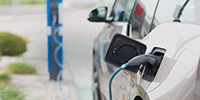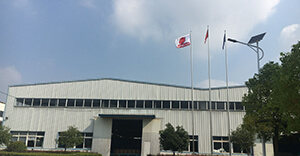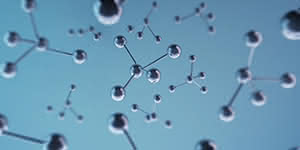Make lead-acid batteries multiple lives
Lead-acid batteries are the most widely used and widely used batteries in history because of their remarkable advantages such as stability, safety and low cost. Humans have been using lead-acid batteries for more than 160 years and are widely used in transportation, communications, power, military, aerospace, marine, photovoltaic, and wind power systems. However, lead-acid batteries also have a short life span. The high frequency of replacement increases the cost of production and operation, and on the other hand leads to more pollution.
It is understood that the main reason for the decrease in the capacity and life of the lead-acid battery is that the lead sulfate on the surface of the lead-acid battery is excessively accumulated and dissolved in the electrolyte after being charged and discharged, and is saturated. Since lead sulfate is a poorly soluble electrolyte, the solubility and dissolution rate in the electrolyte are lowered, and adhesion to the surface of the plate and the micropores hinders the normal diffusion reaction of the battery, and the lead sulfate is poorly conductive and has a large resistance value, so that the battery is in a normal state. In the charging, the ohmic polarization and the concentration polarization are increased, and the charging acceptance rate is lowered. When the active material has not been fully converted, the polarization voltage is generated to be hydrolyzed, which causes the battery to rapidly heat up, so that the charging cannot continue. Thereby the conversion of the active substance is incomplete.
According to the above reasons, the regenerative repair technology invented by Chang Chengli eliminates the phenomenon of plate salinization by adding an appropriate amount of regenerant to the inside of the battery after the first life of the lead-acid battery, applying chemical methods, combined with a certain mode of charge and discharge. To achieve the second life of the battery. After the second life, a new special charging method is used to convert the positive active material of the original battery into a spongy lead negative electrode, and the original negative active material is converted into a positive active material lead dioxide, so that it has the third and the third Four lives.
Li Qiang, deputy director of Beijing State Grid High-Tech Consulting Center, told the reporter: “China Huaneng Group has always inherited the lead-acid battery regeneration technology invented by Lamor Innovation Studio and has both environmental and economic value. Due to the production, manufacturing and recycling process of lead-acid batteries There are heavy metals and toxic waste liquids decomposed by lead and sulfuric acid. Improper handling is extremely dangerous to the environment. If the lead-acid storage and regeneration technology is used to extend the battery life by more than three times, it will not only save a lot of cost for the enterprise, but also equivalent. The production of two-thirds of lead-acid batteries has been reduced, and the contribution to environmental protection is enormous."
Now you've got the basic information for recharging your Sealed Lead Acid battery. If you need more in-depth information, contact one of our battery specialists today! If you're looking to purchase an battery, contact us anytime at (0086) 752-2819 469 or email us now !













